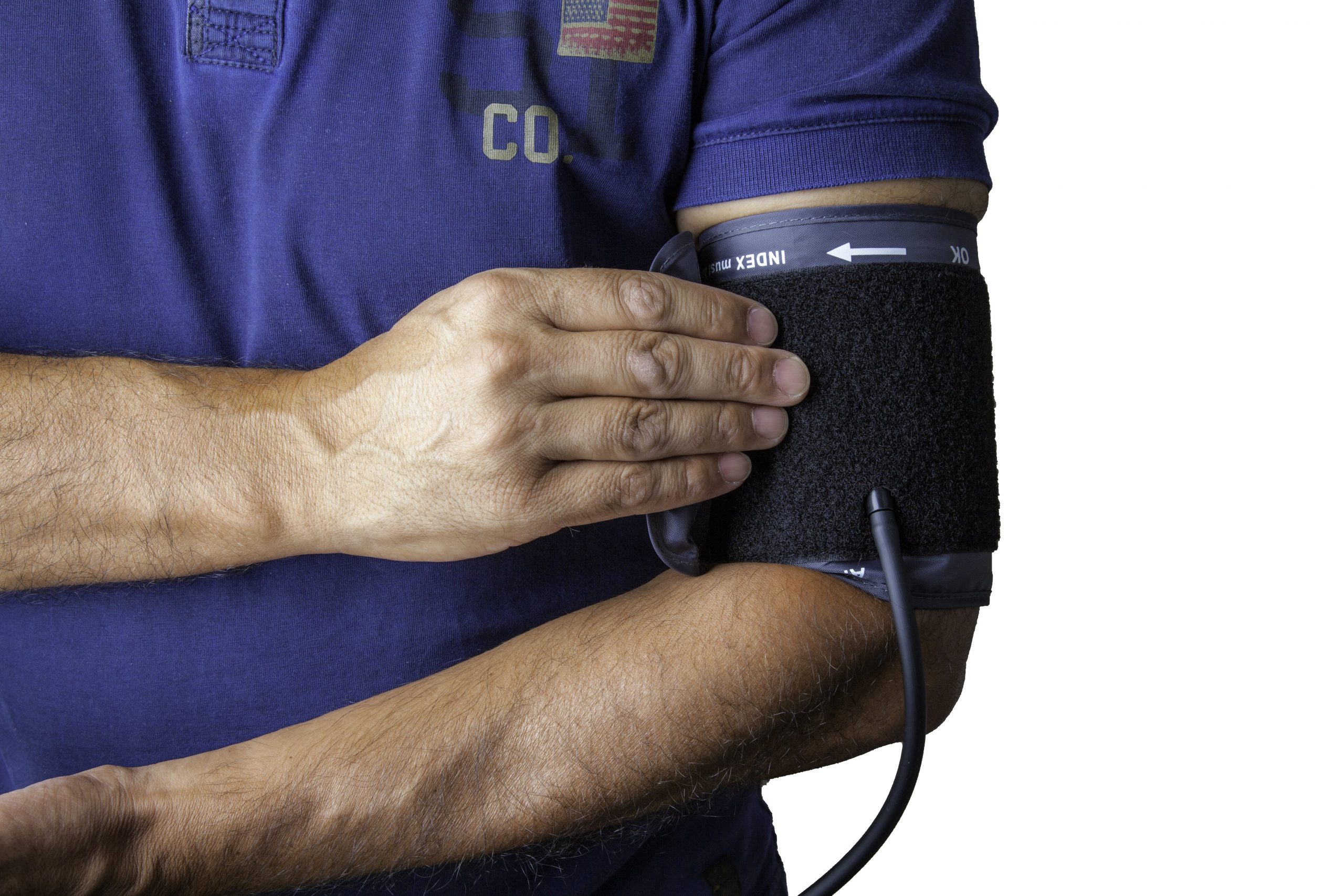
By Dr. Priyom Bose, Ph.D. Reviewed by Lily Ramsey, LLM Sep 3 2024 Garlic's phytochemicals linked to blood pressure reduction, but further research needed to confirm long-term benefits.
Study: Garlic and Hypertension: Efficacy, Mechanism of Action, and Clinical Implications . Image Credit: Vitalview/Shutterstock.com
A recent Nutrients narrative review study examined the existing scientific evidence on the role played by garlic in effectively lowering blood pressure. The phytochemical constituents of garlic
Research has highlighted the beneficial effects of sulfur-containing compounds found in garlic, particularly alliin, which makes up about 2.3% of fresh garlic bulbs. Compounds like S-allyl mercaptocysteine (SAMC), S-allylcysteine (SAC), allyl methyl sulfide (AMS), and allyl mercaptan (AM) have been shown to have anticancer and other health benefits. Garlic also contains terpenoids, flavonoids, steroids, and saponins.
One key compound, allicin, has several heart-protective effects. It helps prevent cell death, reduces oxidative stress, and fights inflammation. Allicin also helps relax blood vessels, raises "good" HDL cholesterol, and lowers "bad" LDL cholesterol and total cholesterol levels. It can reduce heart muscle enlargement and oxidative stress, which are linked to heart disease.
Allicin has also been found to reduce blood clotting and high blood sugar. In animal studies, it was shown to lower blood pressure and prevent harmful changes in blood vessels and the heart by interfering with specific signaling pathways.
Additionally, allicin helps regulate blood pressure by widening blood vessels through various mechanisms, including the production of nitric oxide (NO). It also reduces the expression of harmful receptors and proteins, while increasing protective factors like Nrf2.
Allicin has been shown to reduce the buildup of scar tissue in the heart and to lower the risk of arrhythmias by affecting potassium currents. Another garlic compound, ajoene, can prevent the thickening of blood vessel walls, which is common in hypertension and atherosclerosis. Ajoene works well in combination with allicin to lower blood pressure.
Lastly, gamma-glutamylcysteine (GGC) found in garlic helps dilate arteries and lower blood pressure when combined with allicin. Garlic and its compounds also provide hydrogen sulfide, which relaxes blood vessel walls and improves circulation. The mechanism of action
The literature has discussed various mechanisms concerning the antihypertensive effect of garlic, with overlapping molecular pathways. Regarding the reduction of oxidative stress, SAC can lower the activity of nicotinamide adenine dinucleotide phosphate (NADPH) oxidase and trap ROS. Related StoriesElderly with type 2 diabetes struggle with self-care and medication adherenceEvening versus morning dosing of antihypertensive medications provides no added benefitsClarification urgently needed for detected signal of semaglutide-linked suicidal ideation
Aged garlic has been shown to enhance the activity of superoxide dismutase in nephrectomy rats. Both allicin and SAC reduce angiotensin II-induced ROS formation.
NF-κB has the potential to activate genes that produce pro-inflammatory cytokines, which can lead to inflammation in the blood vessels. In spontaneous hypertensive rats, pyrrolidine dithiocarbamate and SAC were seen to suppress the elevated levels of NF-κB and ROS.
Hydrogen sulfide can lower blood pressure and induce vasodilation. As mentioned previously, polysulfides in garlic enhance nitric oxide (NO) regulation and stimulate hydrogen sulfide by the catalytic effect of cystathionine c-lyase (CSE).
Garlic lowers the generation of ROS and enhances the bioavailability of NO, which is an effective regulator of vascular tone and vasodilator. Renin–Angiotensin–Aldosterone System (RAAS) regulates fluid balance and blood pressure. Overactive RAAS has been seen to lead to hypertension.
One study showed the ability of SAC and captopril to synergistically inhibit angiotensin-converting enzymes in guinea pigs and lower blood pressure in rats.
Vascular Smooth Muscle Cells (VSMCs) are also responsible for regulating blood pressure and vascular tone. VSMC proliferation is lowered by reducing EFK phosphorylation and interrupting the G0/G1 cell cycle phase. Limitations of garlic use and additional considerations
More research is needed to shed light on the role of garlic, i.e., raw and AG vs. processed garlic, in managing metabolic syndrome and lowering blood pressure. The long-term effects of garlic on cardiovascular health are still not fully explored.
Furthermore, more research should be conducted on the correct dosage and mode of delivery to reap the hypotensive effects of garlic fully.
Patients’ expectations should also be managed because garlic does not lower blood pressure rapidly. Subsequent research should confirm the long-term benefits and optimal usage of garlic.
Attention must be paid to garlic allergy while using it to manage hypertension. Some preliminary evidence exists on the allergen nature of garlic, where in an observational cross-sectional study, food hypersensitivity was caused by garlic or onions in about 3% of the patients.
Therefore, allergic hypersensitivity to garlic should not be underestimated, especially given its high consumption. Studies have also noted cases of garlic-induced esophagitis and gastroenteritis.
The low protein content and stability of garlic bulbs can limit their future use. More research on bioactive peptides and heterologous expression methods should be conducted.
When used in combination with medicines that influence platelet aggregation, garlic can raise the risk of bleeding. These factors should be considered when using garlic as an avenue to manage hypertension. Journal reference:
Sleiman, C. et al. (2024) Garlic and Hypertension: Efficacy, Mechanism of Action, and Clinical Implications. Nutrients. doi: https://doi.org/10.3390/nu16172895. https://www.mdpi.com/2072-6643/16/17/2895


